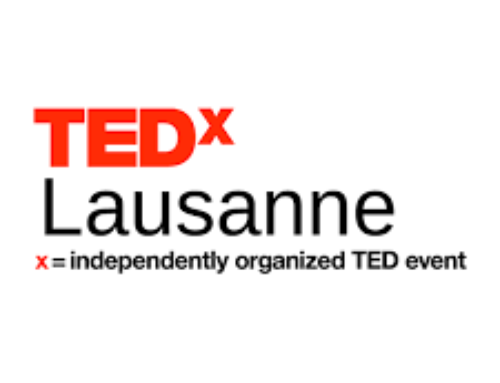Friday, September 26, 2008
Inside Web 3.0 : Local companies aim to make Web 3.0 smarter
By Jim Kozubek, Special to Mass High Tech (The Journal of New England Technology)
The next-generation Internet, labeled Web 3.0 by some, remains for now a theoretical state with various prospective capabilities. However, whether or not Web 3.0 – the intelligent web – emerges as experts predict, you can be certain that the Internet will evolve. It must, given its exponential increase in use, and local information technology companies are already working on the Internet infrastructure of the future.
Since broadband and web evolution enabled the Big Bang of the Internet a decade ago, online traffic has grown at a staggering rate, now doubling every two years and set to reach, by 2015, a zettabyte a year – that’s a 1 and 21 zeroes – a Discovery Institute report said. That means one of the defining concepts for Web 3.0 will be constraint, a term that comes with positive implications.
The speed of applications is essential to real-time functions as well as to a next-generation Internet, but, to be even more useful, the Internet needs to enable users to search and find resources that are relevant to them. This depends not on hardware but on middleware products, tools that enable interoperability of applications across a network.
Middleware is integral to “markup languages,” such as XML and HTML, that match language descriptions of websites and enable the linking of information and search engines to evolve, but markups are far from perfect languages. Markups match simple terms such as “morning star” and “evening star” and “Venus,” and are extensible to provide unlimited instances in pictures, definitions and references to the planet, or the goddess, based on search.
But markups do not constitute a grammar to “understand” complex concepts such as “the woman married to the father of Aeneas” because markups are not set up to understand grammatical relationships.
A server may be able to understand the intention of an Internet user and gather layers of information. Enter a phrase such as “I need a driver’s license” and it could pull up the address to the nearest department of motor vehicles, find forms needed to apply for a license, and schedule an appointment because it understands what the “need” of a user is in stated context.
“It’s going to be companies like ours that solve problems for specific needs that enable the creation of the Semantic Web,” Greenblatt said. “This is a point when information is layered and more valuable to users.”
Lee Feigenbaum, cofounder of Cambridge Semantics Inc., expects to go to market at the end of the year with a semantic spreadsheet that combines search functions with Microsoft Excel spreadsheets coded in RDF.
“The whole idea of semantic technology is to make information more useful,” he said. “You start being able to publish data that is reused, linked and create new functions for something like a spreadsheet.”




